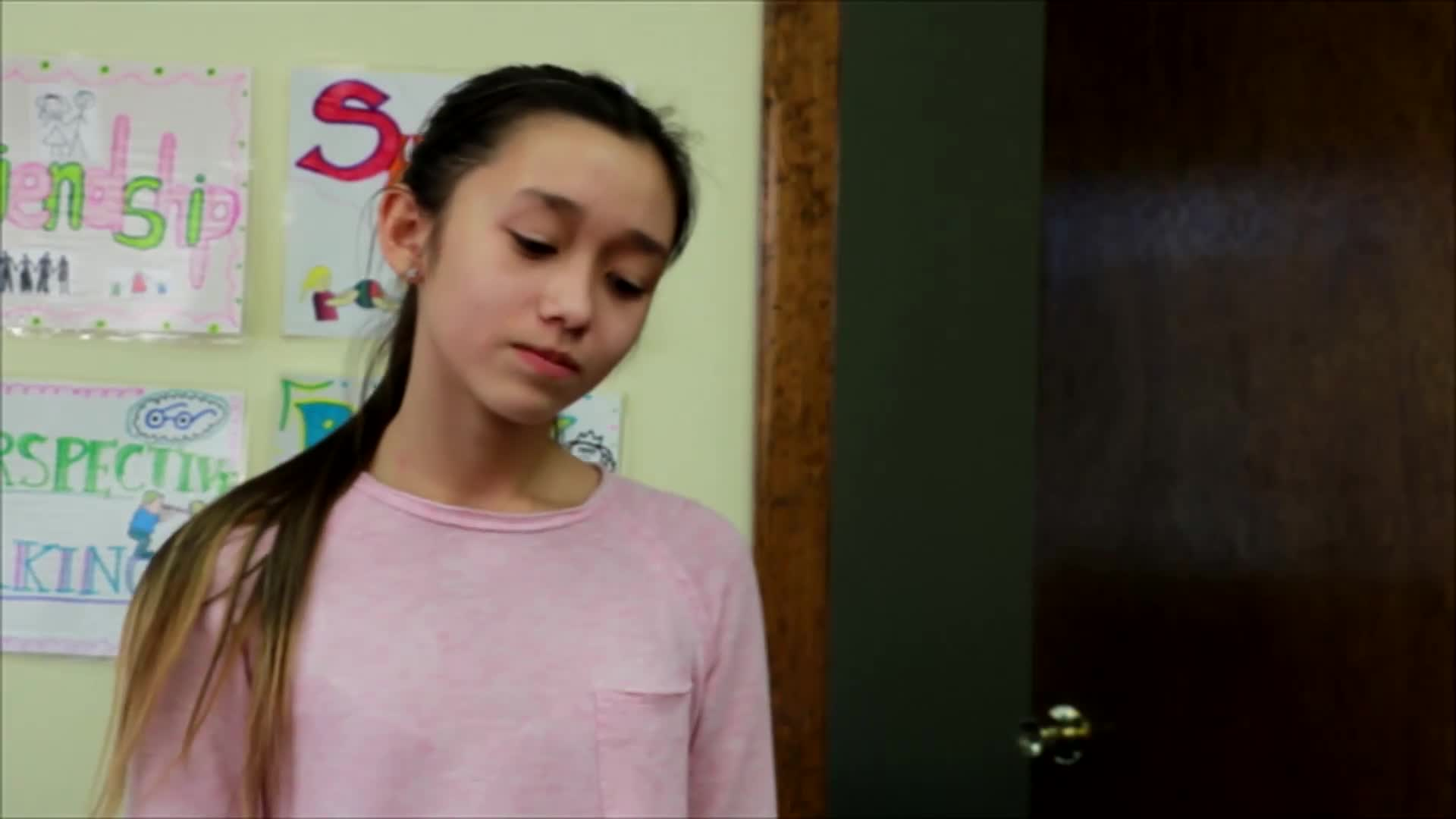
In today’s interconnected world, understanding and respecting personal space is an essential skill for students to develop. Personal space awareness plays a crucial role in fostering positive social interactions, building trust, and maintaining healthy boundaries. In this blog post, we will discuss the concept of personal space, outline a no-prep activity for educators, provide discussion questions to deepen understanding, and suggest related skills for students to explore.
Introduction
Personal space refers to the physical distance that individuals maintain between themselves and others during social interactions. It is an invisible boundary that people create to feel comfortable and secure. The concept of personal space varies across cultures and individuals, but it is universally recognized as a vital aspect of human communication and social-emotional learning. Teaching students to be aware of their own and others’ personal space can help them navigate various social situations, reduce conflicts, and enhance their relationships with peers.
No-Prep Activity
One effective way to teach personal space awareness is through a no-prep activity called “The Personal Space Bubble.” This activity requires no materials or preparation and can be easily adapted to different age groups and settings.
- Ask the students to stand up and spread out in the room, ensuring they have enough space around them.
- Instruct the students to imagine they are surrounded by a bubble that represents their personal space. Explain that this bubble is flexible and can change in size depending on the situation.
- Ask the students to slowly walk around the room while maintaining their personal space bubbles. Encourage them to be mindful of their bubbles and avoid bumping into others or invading their space.
- After a few minutes, have the students stop and discuss their experience. Ask them what they noticed about their personal space and the space of others. Were there any challenges in maintaining their bubbles? How did they feel when their space was respected or invaded?
This activity provides students with a tangible way to visualize personal space, helping them to develop an awareness of their own boundaries and the boundaries of others.
Discussion Questions
To further explore the concept of personal space and its importance in social-emotional learning, consider using the following discussion questions:
- Why is personal space important in social interactions? How does respecting someone’s personal space show that we care about their feelings?
- How can we recognize when someone needs more personal space? What are some signs that we might be invading someone’s space unintentionally?
- How can personal space boundaries vary between cultures or individual preferences? Why is it important to be aware of these differences?
- Can you think of a situation where you felt uncomfortable because someone invaded your personal space? How did you handle it? What could you do differently in the future?
Related Skills
Beyond personal space awareness, there are several other related skills that students can benefit from learning as part of their social-emotional development. These include:
- Active Listening: Developing the ability to listen attentively and empathetically to others, showing respect for their thoughts and feelings.
- Nonverbal Communication: Understanding the importance of body language, facial expressions, and gestures in conveying messages and emotions.
- Conflict Resolution: Learning strategies to manage disagreements, find common ground, and resolve conflicts in a respectful and constructive manner.
- Empathy: Cultivating the ability to understand and share the feelings of others, fostering compassion and supportive relationships.
Next Steps
Teaching personal space awareness is an important aspect of social-emotional learning, and incorporating activities like “The Personal Space Bubble” can help students develop this crucial skill. To access more resources and sample materials for teaching personal space and other related skills, we invite you to sign up for free samples at Everyday Speech. Equip your students with the tools they need to navigate the complex world of social interactions and foster healthy, respectful relationships.

